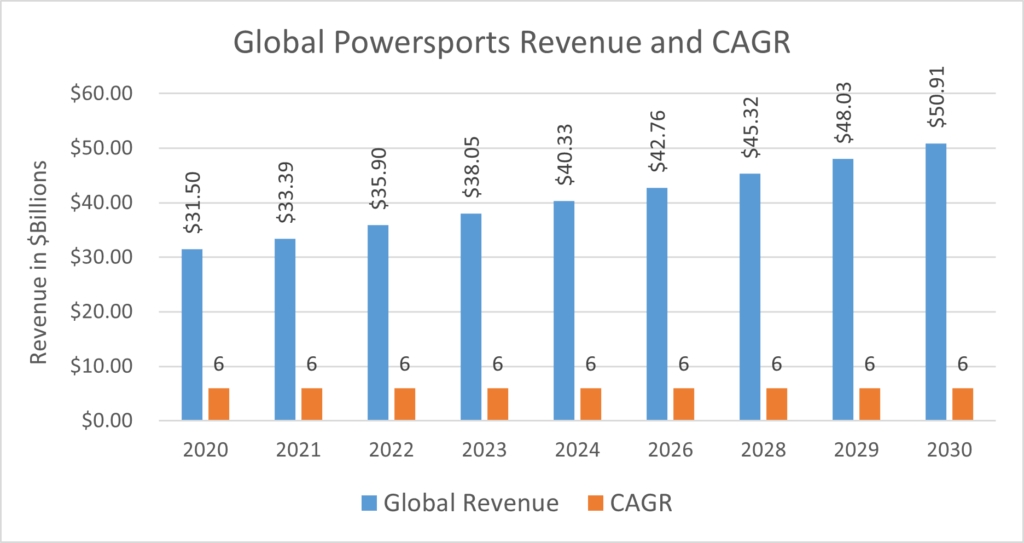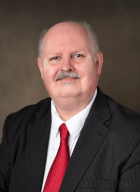Semiconductor Development Companies Set Up
FAR EAST: JAPAN REPORT

The full details of the government’s goal of a next-generation semiconductor development system have been revealed. Led by the Ministry of Economy, Trade and Industry, and in cooperation with the private sector and overseas countries such as the United States, a new company will be established to mass produce next-generation semiconductors, and a new R&D center will be launched. This is the first time that a comprehensive system for research and mass production of advanced semiconductors has been established.
The new structure has two pillars. The “LSTC (Leading-edge Semiconductor Technology Center)” will be established by the end of this year as a research and development center for next-generation semiconductors. The University of Tokyo, Tokyo Institute of Technology, Tohoku University, RIKEN, and others will participate in the LSTC, which aims to be an open R&D platform for both domestic and international use so that the results of research can be put to practical use. The company is also considering collaboration with the National Semiconductor Technology Center (NSTC), which is scheduled to be established in the United States.




